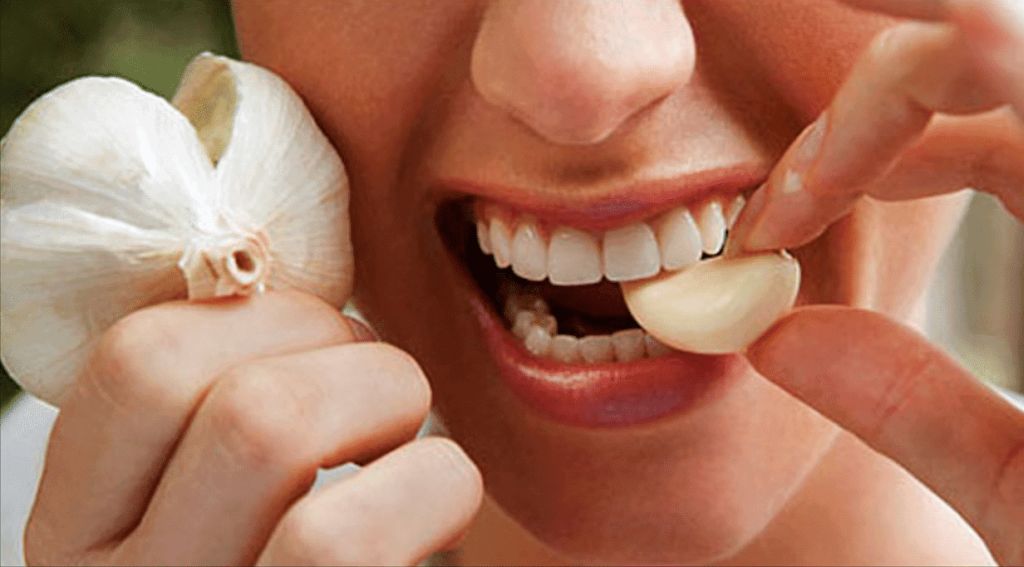Toothaches are a widespread problem affecting many people worldwide. Usually they last for couple of days, making speaking and eating uncomfortable, however, for some people, they can last for weeks and cause severe problems.
If you are wondering about unconventional treatment for toothache, you are in the right place! Among these home remedies, garlic stands out for sure! So, in today’s blog, we’ll discuss how to use garlic for toothache pain, providing you with practical tips for fast relief.
Understanding Toothaches
Pain from toothaches can be just a mild discomfort, yet in some cases, severe, throbbing pain. The main causes are cavities, gum disease, infection, or trauma to the tooth. It’s crucial to determine the cause of your dental pain to effectively treat it. While garlic can offer temporary relief, it’s essential to see a dentist to get the right treatment.
For decades, people have been seeking a quick fix and turning to home remedies for tooth pain, as they are not as expensive as a visit to the dentist. Moreover, natural ingredients such as garlic have a long-standing history of medicinal use. Yet, before you use garlic for tooth pain, let’s learn why it might help and how to use it properly.
Why Garlic Works for Toothaches
If you are wondering how garlic works for tooth pain, let us explain. Garlic contains allicin, which has antibacterial and anti-inflammatory properties. Because of these properties, allicin has been shown to be effective in toothache treatment. When you crush garlic, allicin is released, helping reduce bacteria that cause dental pain and inflammation in your mouth.
Garlic can also reduce swelling around the painful tooth. When you apply garlic to the site of pain, it will numb it, providing relief. However, as we already said, this is a short-term solution. If the symptoms persist for a couple of days, it’s crucial to see a dentist to address the cause of the pain.
How to Use Garlic for Toothaches
You can also try adding salt to the paste for an extra boost. Salt will enhance the antibacterial action and draw out the infection. After a couple of minutes, rinse your mouth thoroughly with water. While salt will enhance the benefits and help your toothache, you should avoid this method if you have sensitive gums and teeth.

Can Garlic Powder Treat a Toothache?
While fresh garlic is the best to use for this purpose, if it’s not available, you can also use garlic powder. Yet, it’s essential to know that its benefits are slightly reduced when compared to a fresh clove of garlic. Powder can be beneficial and provide relief, but it might not be as effective as fresh garlic.
If you want to make a paste with garlic powder, just mix it with a little fresh water to create a thick consistency. The application is the same. However, it’s always best to use fresh garlic instead of powder.
Are There Side Effects of Using Garlic?
It’s essential to be cautious when consuming garlic since it can cause some side effects. While it’s generally safe, it can cause irritation if you use it in large amounts. Also, you can feel a burning sensation on your gums or skin if you leave it for too long. Furthermore, some people may experience an allergic reaction, swelling, itchiness, and redness. If this happens, seek medical help immediately.
While this is not considered harmful, garlic can also cause bad breath. Rinse your mouth afterward to reduce the unpleasant odor.
Precautions for Using Garlic to Treat Tooth Pain
It’s important to take some precautions when using garlic for toothache:
- Avoid garlic paste if you are dealing with cuts or open sores in your mouth. Garlic can cause irritation and a burning sensation.
- Don’t leave garlic on your affected area for too long to avoid burning.
- If you are pregnant or nursing, consult a doctor before using garlic as a remedy.
- Remember that this short-term solution cannot replace professional dental care.
Other Home Remedies for Toothaches
In addition to garlic, you can try other home remedies, such as clove oil, saltwater, and a cold compress.
Clove oil is great for tooth pain due to its numbing properties. Apply a drop of this oil to the affected area to reduce inflammation and pain.
Saltwater is another effective method for reducing tooth pain. Use a teaspoon of salt dissolved in warm water to rinse your mouth to reduce bacteria. Swish it for 30 seconds before spitting it out.
Apply a cold compress on your cheek to reduce swelling and numb the area of the painful tooth. Wrap some ice in a cloth and hold it against your cheek for a couple of minutes.
When to See a Dentist
Although home remedies like garlic can provide temporary relief, these will not address the underlying cause of your dental pain. If your tooth pain persists for over a few days, and you are experiencing swelling, severe pain, or fever, it’s time to seek medical attention.
The dentist will provide you with the right treatment. Also, even if you are not experiencing a toothache, you should visit the dentist for regular check-ups to maintain oral health and prevent future toothaches.





